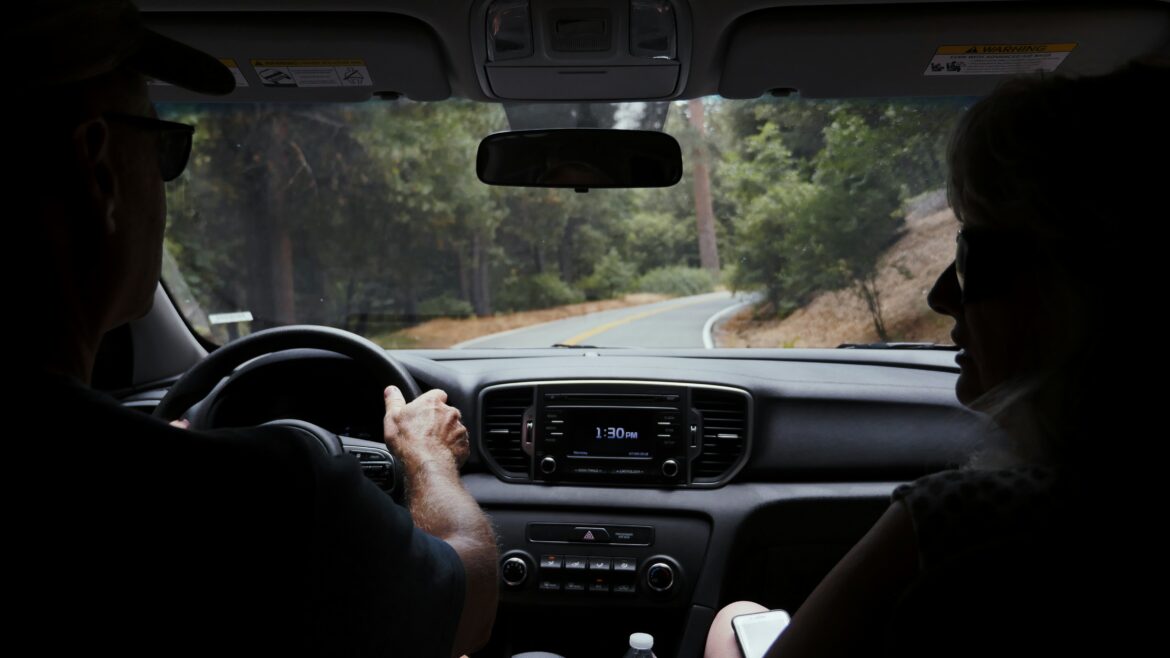A family RV trip is a great way to explore new places while enjoying the comfort of home on wheels. But before you hit the road, there’s one crucial thing you shouldn’t overlook—insurance. Many travelers assume their auto or homeowners policy covers their RV, only to find out too late that they’re underinsured.
This article will walk you through everything you need to know about RV insurance. You’ll learn why it’s essential, the different coverage options available, and how to avoid common mistakes. Plus, we’ll share money-saving tips and a final checklist to ensure your trip is protected.
Let’s get started.
Why Insurance Matters
Road trips come with their own challenges, and traveling in a large vehicle like an RV adds even more potential risks. Accidents, theft, and severe weather can turn a fun vacation into a costly ordeal. Without the right coverage, you could be left paying out of pocket for significant repairs or liability claims.
Beyond accidents, many RVs carry valuable equipment like kitchen appliances, furniture, and even personal belongings. Standard auto policies don’t cover these, making specialized protection essential.
Choosing the Right Plan
Not all insurance policies are created equal. A standard auto policy might not be enough for your motor home, especially if you live in it part-time. A reliable provider ensures your coverage includes not just vehicle protection but also liability, personal belongings, and emergency expenses.
Specialized insurers understand the unique risks that come with owning an RV. Protect your motor home with insurance that covers damage while parked, in transit, or even from unexpected emergencies. Whether you’re taking a short vacation or living in your RV for months, the right policy ensures peace of mind.
Types of Coverage
Before selecting a policy, it’s important to understand the different types of protection available. Here’s a quick breakdown:
- Liability – Covers injuries or property damage you may cause to others. Required by law in most places.
- Collision – Pays for damages if your RV is involved in an accident, regardless of fault.
- Comprehensive – Covers non-collision-related incidents like theft, vandalism, fire, or weather damage.
- Uninsured/Underinsured Motorist – Protects you if another driver causes an accident but doesn’t have sufficient coverage.
- Personal Belongings – Covers items inside your RV, such as electronics, kitchenware, and camping gear.
- Roadside Assistance – Helps if you break down, run out of fuel, or need towing.
The type of coverage you need depends on how you use your RV. If it’s your full-time home, you may need additional protection beyond what a weekend traveler would require.
Key Details to Check
Once you’ve chosen a policy, take time to review the details. Some options might have limits or exclusions that could leave you unprotected in certain situations.
- Check Limits – Understand how much your plan covers for damage, liability, and personal items.
- Review Deductibles – A lower deductible means less out-of-pocket expense when making a claim, but it often comes with higher premiums.
- Ensure All Drivers Are Covered – If multiple family members will be driving, confirm they’re included in your plan.
- Know the State/Provincial Requirements – Each region has different minimum coverage requirements. Make sure you comply with local laws.
Ways to Lower Costs
Coverage doesn’t have to break the bank. Here are some smart ways to save while keeping adequate protection:
- Bundle Policies – Combining RV coverage with home or auto plans can lead to significant discounts.
- Install Security Features – Anti-theft devices, GPS tracking, and alarm systems can lower your premium.
- Maintain a Safe Driving Record – A history of responsible driving often qualifies you for lower rates.
- Seasonal Plans – If you don’t use your RV year-round, look into policies that adjust based on use.
A little research can go a long way in ensuring you get the best protection at a reasonable price.
Common Mistakes to Avoid
Many RV owners assume their standard auto or homeowners policy will cover everything. That’s one of the biggest mistakes you can make. Here are a few others:
- Not Getting Enough Liability Coverage – RV accidents can cause significant damage. If your liability limit is too low, you could end up paying out of pocket.
- Overlooking Personal Belongings – Standard plans may not cover your personal items. If you’re carrying expensive camping gear, electronics, or appliances, make sure they’re included.
- Failing to Update Your Policy – If you make upgrades to your RV, inform your provider. New additions like solar panels or high-end appliances can increase its value, requiring policy adjustments.
A quick review before each trip can prevent surprises if something goes wrong.
Conclusion
An RV trip should be about relaxation and adventure, not financial stress. The right policy protects you, your family, and your vehicle, no matter where the road takes you. Taking a few extra steps before your trip ensures a safe and worry-free journey. So, before you start packing, make sure your insurance is in place—you’ll be glad you did.


